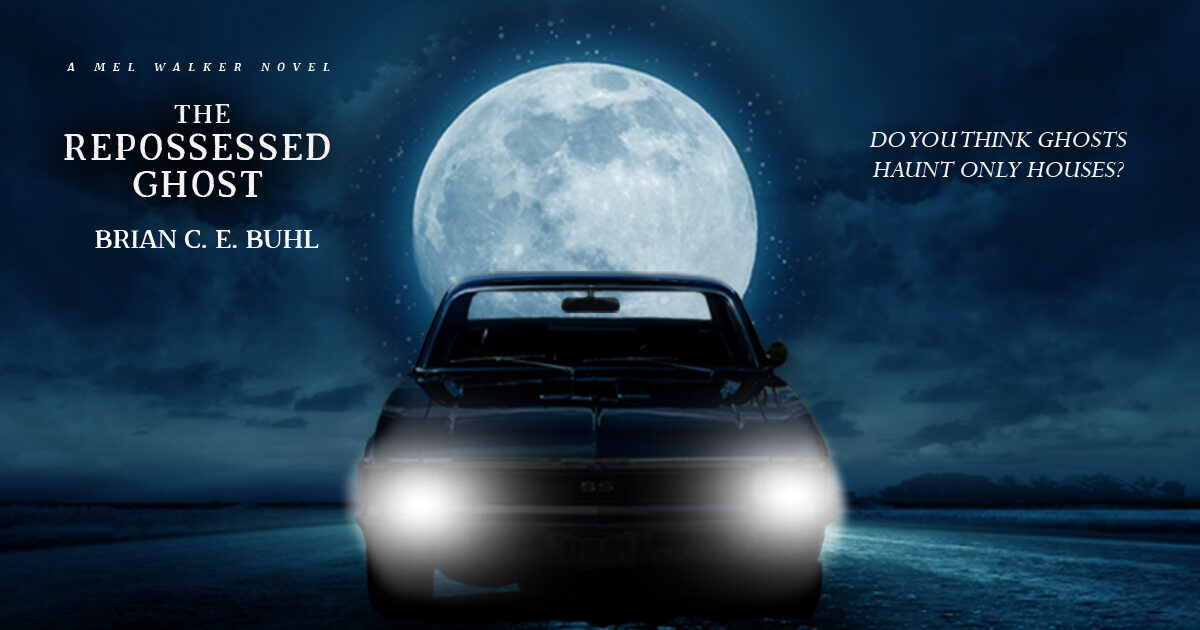Yesterday, we talked about villains. Tonight, let’s talk about heroes. Like last night, I’ll list a few samples, then break them into categories of my own making. Within each of these categories, I’ll offer some humble tips on how to write heroes of that type.
The list of heroes that come to mind:
- Luke Skywalker
- Frodo Baggins
- Rand Al’Thor
- Superman
- Indiana Jones
- Harry Dresden
Hmm. Now that I look at this list, I see that it’s quite a sausage fest. For our purposes, I’m not sure that matters, since I’m really only focusing on types of characters, and gender doesn’t matter at that level. We can easily swap in Wonder Woman for Superman, and Laura Croft for Indiana Jones.
Iconic Heroes
Speaking of Superman, Wonder Woman, Indiana Jones, and Laura Croft, all four of them are examples of iconic heroes. Iconic heroes are characters that don’t change very much over time. They end the story just as heroic as they started it. These characters are ideal for serialized storytelling. Because they go through a minimal amount of development, the reader or viewer can follow the current story without having to go through a deep backlog.
Iconic heroes can have an arc within the story, but the ideal story for an iconic character is plot driven, rather than character driven. Like the Embodiment of Evil characters described last night, Iconic characters can be on the thin side. But that’s okay. We still love them and will follow them on their adventures, because the adventure is the point.
Reluctant Heroes / Campbell’s Heroes
The reluctant hero is your farmhand-turned-sword master that initially resist the call to action. This is the character that stars in your Campbell’s Hero’s Journey. Luke Skywalker and Rand al’Thor and basically every character to participate on the aforementioned Hero’s Journey can be classified as a Reluctant Hero. Do remember James Kirk from J. J. Abram’s reboot of Star Trek? That was a Reluctant Hero.
Writing a Reluctant Hero is not that difficult, since there are so many examples in fiction to follow. The key is to map out the journey the hero will take, and write someone that will believably follow the path. Luke desperately wanted to be a hero, but was loyal to his family and his duties on the farm. Rand dreamed of adventure, but was loyal to his father and his duties on the farm. The Reluctant Hero generally has the qualities of a hero within them, and its those qualities — loyal, dutiful — are the things that hold them back when adventure first comes to call.
Everyman Heroes
Frodo is the perfect example of the Everyman Hero. He’s generally willing to do what must be done, but he isn’t particularly endowed with the qualities of a hero. He is relatable, and a perfect stand-in for the reader or viewer.
This is where I would slot Harry Dresden as well, even though he starts off gifted with magic. In personality, he is relatively normal. I almost slotted him in with the Iconic Heroes, but I believe Dresden changes over the course of the books, which is not usually something that happens to Iconic Heroes.
Mel Walker from The Repossessed Ghost is also an Everyman Hero, in my opinion. He quickly develops psychic abilities, but in personality, he’s just a young man in a world that’s way bigger than him, and he’s doing his best. Even more than Dresden, Mel Walker changes over time.
To write an Everyman character, focus on the character’s voice. Develop someone that is not too cowardly nor too brave or exceedingly competent. This should be someone that the reader can measure themselves against.
In Summary…
All characters are the heroes of their own story. Some of those stories aren’t particularly interesting, which is why they aren’t the star of the book. But every character should have the illusion of depth, if not true dimensionality. That security guard over there? He keeps touching his vest pocket, as that’s where he put the folded up picture of a dinosaur that his daughter gave him this morning before he came in to work. It sure would be a shame if something happened to him. See that bank teller? She keeps adjusting her glasses because they’re her old prescription. She’s too embarrassed to admit what happened to her current glasses, but she’s also chewing a lot of gum to hide the alcohol on her breath, so maybe it isn’t that big a mystery, after all.
Protagonists come in all shapes and sizes, and the three types I listed above are really just scratching the surface. Character driven stories demand interesting and engaging characters, and they may defy being categorized. That’s a good thing.
The key to writing a good protagonist is to give them wants and needs, and enough drive to pursue those wants and needs. A good protagonist will move the story forward through their decisions.

One thought on “How to Write a Hero”
Comments are closed.